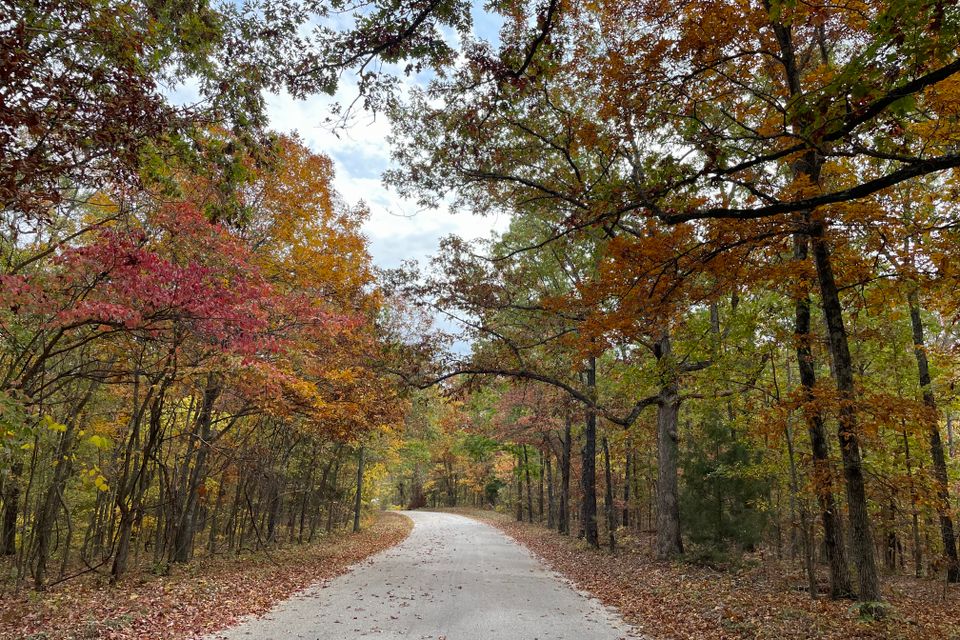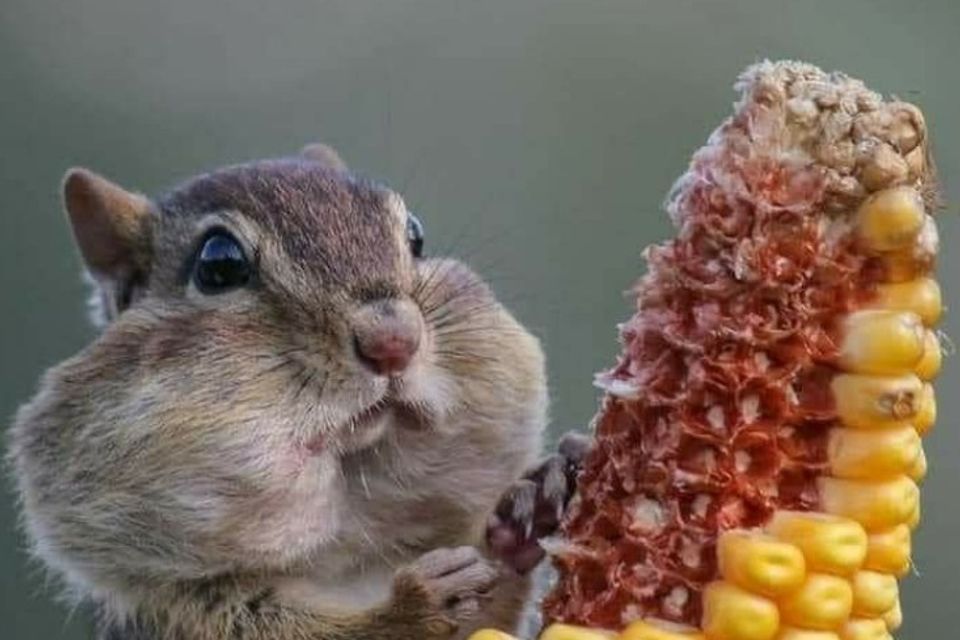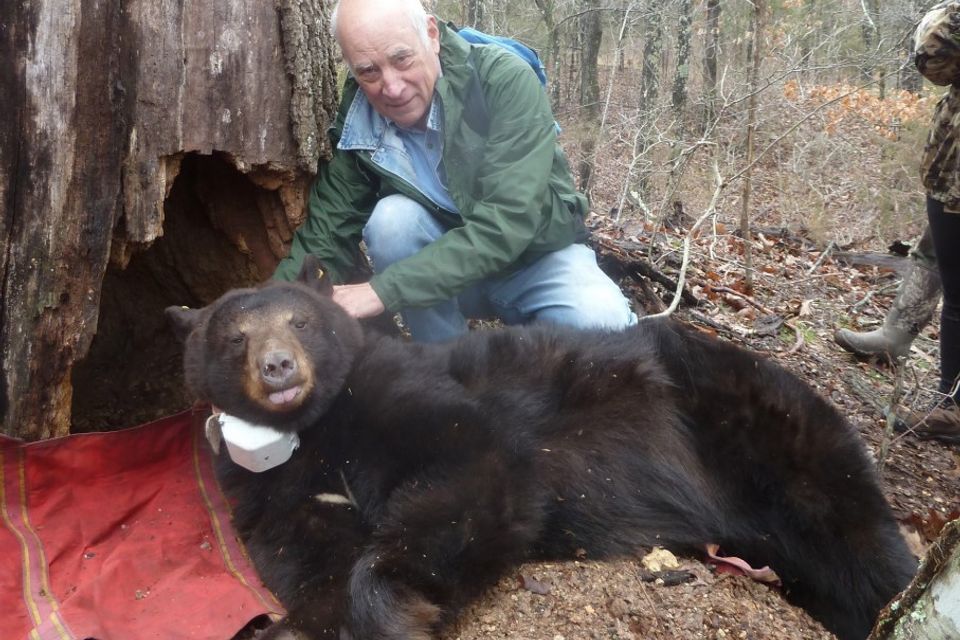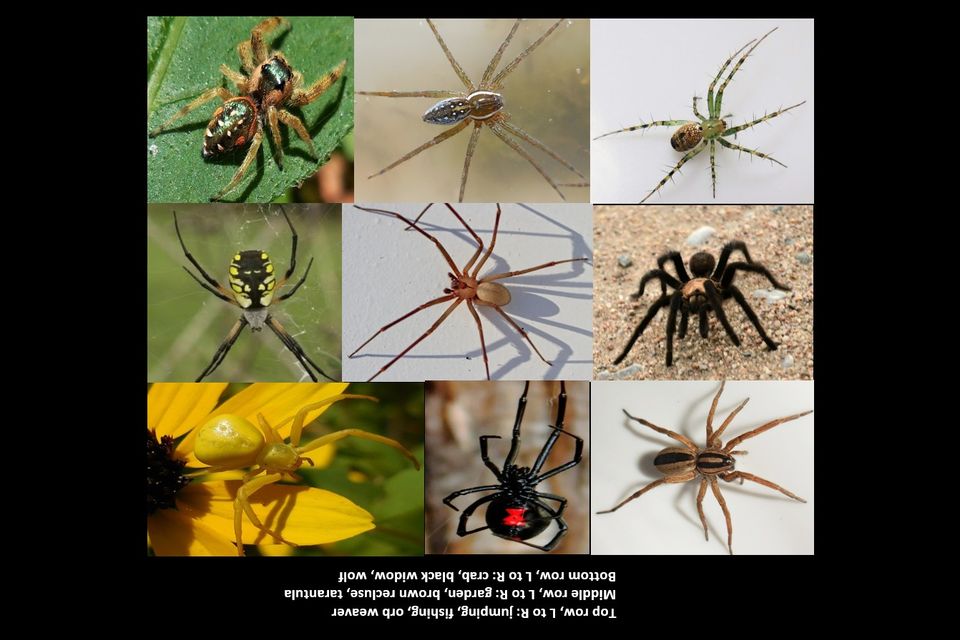Deadly Crossings
When we’re driving, Beth refuses to look at roadkill. It nauseates her, and makes her sad. It does me too, but I at least like to see what it is, lying there. Deer, dogs, and cats, of course, are hard to miss. But smaller critters, like opossums, armadillos and groundhogs, might take a bit of inspection to recognize faces, paws, or pelts among the bloody gore. For a while, I kept track of dead armadillos, because their numbers seemed to be increasing. I wondered if global warming was driving them north. These days, I see fewer armadillos. Are they retreating, getting smarter, or are they being decimated by vehicles?
It’s hard to know without doing a study of armadillo populations and their propensity for getting squished. Luckily, studies like these on other animals are underway. Ecologists are learning that roadkill significantly reduces wildlife populations. Small reptiles and amphibians are less conspicuous as flattened fauna, but are being hit especially hard. These animals have zero awareness of vehicular dangers. As a result, their populations decline dramatically near busy highways.
What about deer? We see scores of them slaughtered on roadways. Do they misjudge the speed of cars? Maybe. But another factor, at least at night, is blinding. Deer retinas are loaded with rods—specialized structures sensitive to low light levels. When headlights approach and a deer looks, its retinal nerves are overstimulated. When it looks back across the road, toward its intended sanctuary, it sees nothing but blackness. Do I keep running toward scary darkness, it thinks, or do I turn around? Even a split second of indecision can be too long.
In western states, where deer and antelope are widely hunted, highway slaughter impacts local economies. Big dual-lane highways like I-80, if busy enough, become like a solid wall to migrations and crossings. Studies have shown that antelope won’t cross if more than one vehicle goes by every minute. By dividing large areas of suitable habitat, roads are breaking large, mobile populations into discrete, constrained segments.
This problem affected a mountain lion population that conservationists were trying to save in southern California. Surrounding by busy highways, most of the cats refused to leave their isolated, mountainous territory. The few that did, mostly young males looking for new territory, were likely to be shot or killed by vehicles. The result was a dwindling population losing animals of breeding age, ravaged by problems with inbreeding.
In the West, ecologists pushed highway departments and legislators to construct crossings, either overpasses or underpasses. These have been used with success in Europe and Australia for decades. In the American West, overpasses for deer or antelope that were wide enough, properly vegetated, and had fences to guide animals toward crossings were shown to work. Not only deer and antelope, but also elk, bears, and even reptiles and amphibians used the crossings. Game cameras showed that once animals became habituated, they had no fear of using the crossings.
For smaller animals like toads, frogs, snakes and chipmunks, underpasses have been used with some success. But they can’t be too narrow, too long or too dark. The shorter the better, with sunlight penetrating at least most of the way through. If the animal sees ample light on the other side, it is more likely to cross.
Crossings are expensive to build, and there has been significant pushback. Why spend public dollars helping non-humans get from one place to another? Underpasses proposed for endangered toads, for example, were the butt of jokes and derided as examples of wasteful government spending. But with larger animals and overpasses, doubters were won over when it turned out the structures paid for themselves. Not only did animal slaughter drop dramatically, but human lives were saved, along with millions in vehicle repair bills and insurance payouts. Legislators took note, and several projects are now on drawing boards.
Will we ever see wildlife crossing structures in Missouri? It’s hard to say. We still have plenty of deer, and no large migrating populations like they have out west. Given today’s political climate, even if crossings make both ecological and economic sense, many legislators will be reluctant to open pocketbooks. In the case of deer, where collisions cost many human lives and millions in vehicle damage, there may eventually be a push to construct crossings over killer highways like I-44, I-55 or I-70. But don’t hold your breath. In the meantime, say goodbye to thousands of critters, large and small, sacrificed on the paved alter of unintended ruthlessness.






